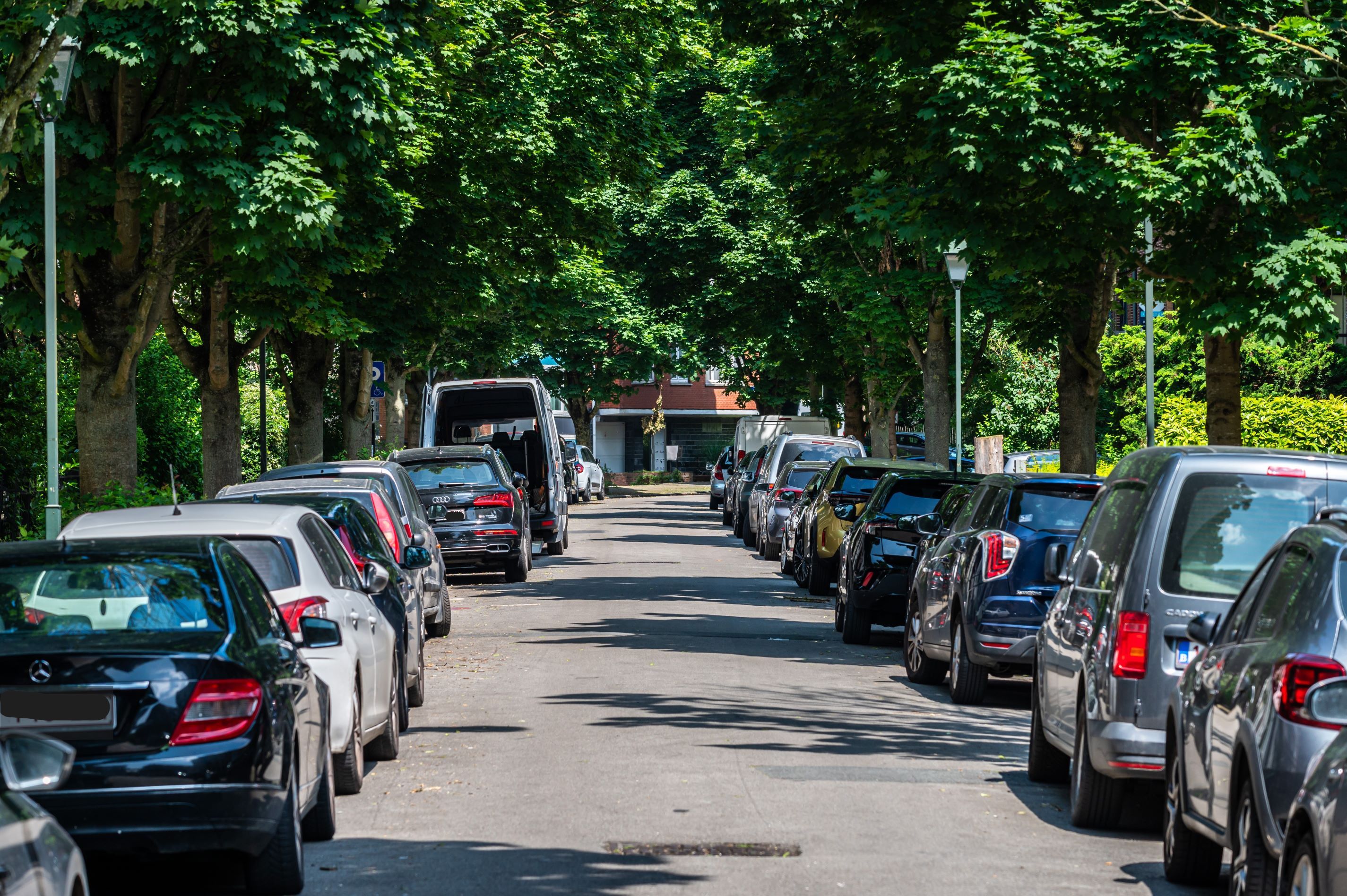Longer, wider, heavier cars increasingly impacting public space, ministry analysis shows

The size of the average car in Belgium continues to grow, having a major impact on the occupation of public space, according to analysis by the federal Mobility ministry at the request of minister Georges Gilkinet.
The median length of a car last year was 4.55m, an increase of 6cm in 10 years. The average width increased from 1.80m to 1.83m and the weight from 1.57 tonnes to 1.60 tonnes.
“In 2023, there were 6 million vehicles in the Belgian fleet, representing an area equivalent to 9,787 football pitches. Ten years ago, that area was 8,364 football pitches,” the ministry says. The increase is attributable not only to the greater number of vehicles, but also to the increased dimensions of modern cars.
“At first glance, a few extra centimetres may not seem to matter much, but combined with the extra length, this creates additional space usage of 2,715 square centimetres, or a footprint of 48 by 48 centimetres per car,” it says.
Growth of electric cars
As average parking spaces have not grown over the same period, spaces are becoming tighter for drivers and cars are taking up more of the public space.
The analysis shows that the sports utility vehicle (SUV) accounted for half of all new cars registered in 2023. It also shows that electric cars are experiencing the strongest growth, largely due to company cars, which represent three quarters of electric vehicles. However, this growth is more limited in urban areas, where the possibilities for installing charging points are restricted.
The ministry’s analysis finds that for the same purchase price, an electric car is always more advantageous over the vehicle’s lifetime. The main problem is the limited supply of small, affordable electric models, meaning the total cost of an electric car for an individual is still higher than that of a conventional petrol car.
Cars parked in Brussels © PHOTO BELGIAN FREELANCE
Related news
